What is convection in an electric stove oven
With the development of technology, cooking has become a very versatile process. Some methods allow you to obtain different shades of flavors, others simplify or speed up the cooking process. Convection in an electric oven combines these two processes.
The content of the article
Convection oven
Now almost all ovens are equipped with this function (with the exception, perhaps, of very old stove models). So the presence of convection in an electric stove does not affect its cost in any way. However? Not many people know its benefits and use it for its intended purpose.
The concept and principle of operation of convection
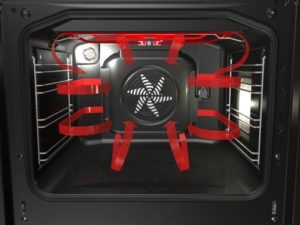 It is one of the methods of heat exchange, when the redistribution of thermal energy is carried out using the movement of air masses. In most electric stoves, the heating element heats the air, and then it is distributed throughout the oven using fans. Simply put, this function allows you to provide the air in the oven with the same temperature, which, for example, makes it possible to cook several dishes in the oven at once.
It is one of the methods of heat exchange, when the redistribution of thermal energy is carried out using the movement of air masses. In most electric stoves, the heating element heats the air, and then it is distributed throughout the oven using fans. Simply put, this function allows you to provide the air in the oven with the same temperature, which, for example, makes it possible to cook several dishes in the oven at once.
Help: convection is most convenient when cooking meat, poultry and fish dishes in the open or, for example, on a spit.
Types of convection
Convection in an electric oven can be classified according to several criteria. First of all, it is distinguished by the complexity of the device:
- simple (usually represented by fans only);
- complex (where the fans already have their own heating elements built into them).
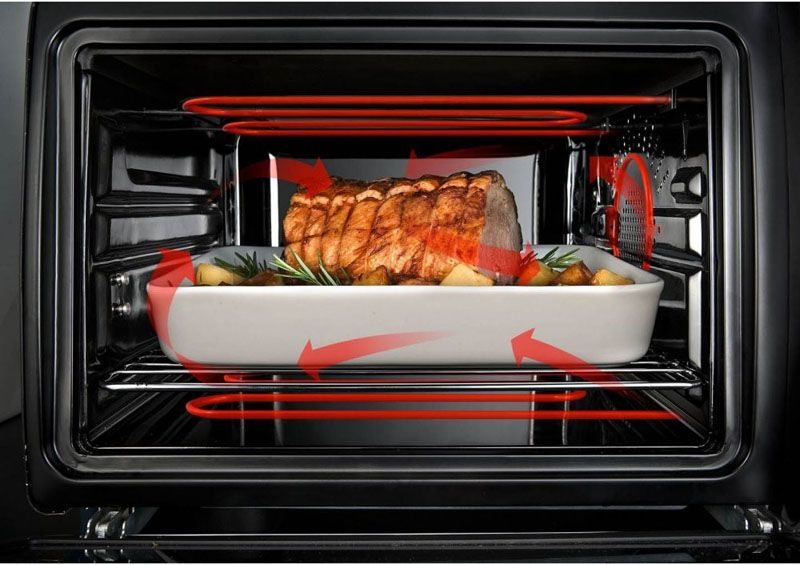 However, from the point of view of a household user, such a classification is not entirely convenient. It is much more clear to separate types according to their operating principle:
However, from the point of view of a household user, such a classification is not entirely convenient. It is much more clear to separate types according to their operating principle:
- Natural. It is, in fact, a simple transfer of air masses and nothing more. The basis of its functioning is physics: heated air rises up, and cooled air goes down;
- Forced. Almost all models of electric stoves with convection are equipped with it. Inexpensive models are equipped with a single fan, while those in the higher price range are equipped with reinforced ones. The latter are considered the most effective when cooking, since, unlike single ones, they can not only create powerful, uniform heated air masses, but also maintain the desired temperature;
- Wet. A fairly new species that has not yet spread much. In addition to the redistribution of heated air masses, such convection provides the oven with finely dispersed steam, which helps to better raise baked goods without over-drying the food.
Important: with the wet type it is impossible to fry dishes, which makes it possible not to use oils when preparing dishes in this mode.
What are its advantages and benefits?
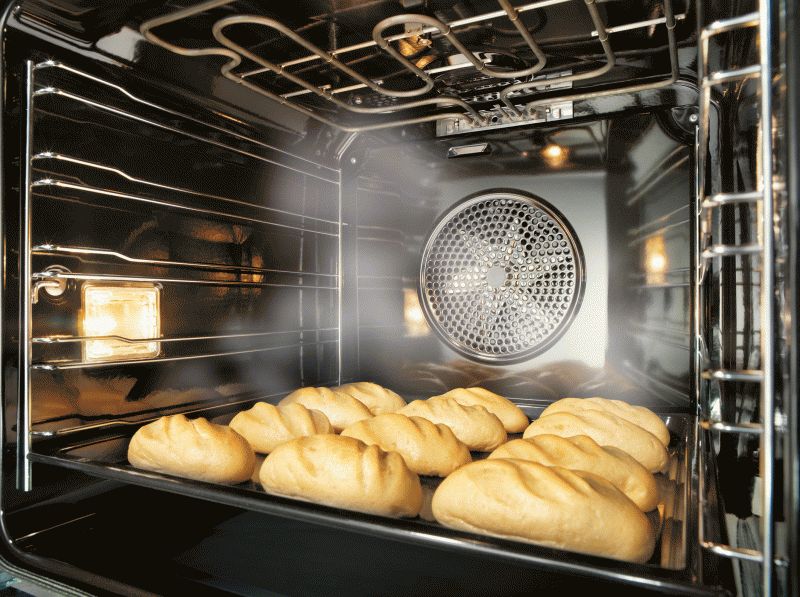 Undoubtedly, like any additional function in convection technology, it has a number of advantages that allow it to maintain a high level of popularity among ordinary housewives and professional chefs. These usually include:
Undoubtedly, like any additional function in convection technology, it has a number of advantages that allow it to maintain a high level of popularity among ordinary housewives and professional chefs. These usually include:
- Due to the redistribution of air, faster heating is ensured with significant savings in time to achieve the required temperature;
- Large volumes of air allow you to evenly cook any volume of dishes, which is very useful for large cuts of meat and for whole poultry carcasses;
- The variety of types allows you to adhere to the desired method of cooking: without frying or with a crispy crust. In addition, moist convection allows you to simulate the effect of steaming food, which allows supporters of proper nutrition to save on the purchase of a steamer;
- Uniform temperature distribution throughout the oven makes it possible to cook several dishes at once, which saves time and energy consumption.
Surprisingly, there are rarely any complaints about convection. Often it only spoils food if used incorrectly, so it's hard to see any flaws in it. Often these include only the high cost of complex advanced systems.

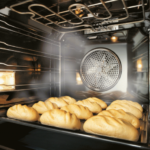

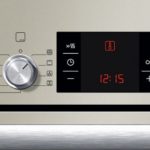
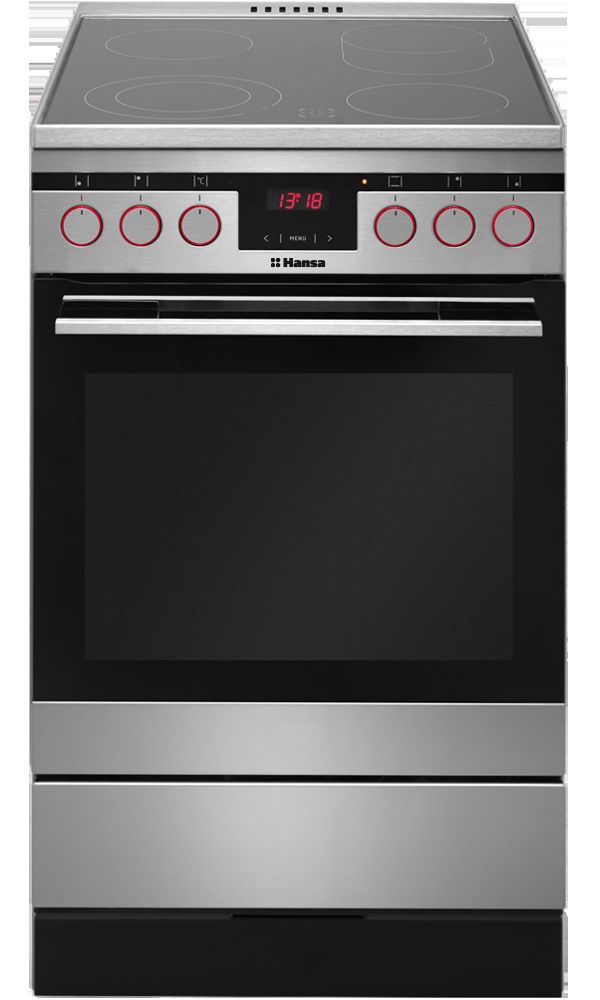
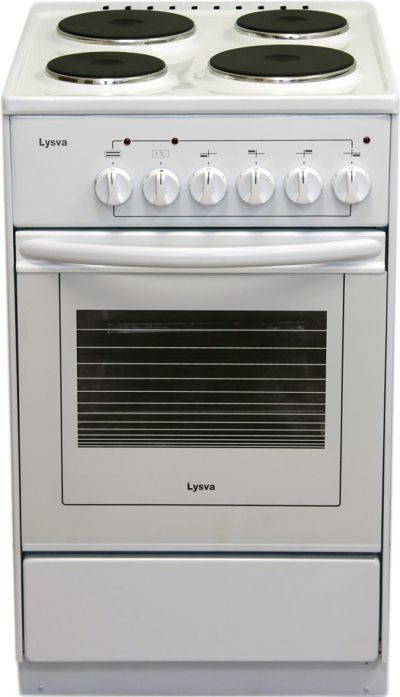
and I was racking my brains about how it works when I got myself a new Indesit oven)